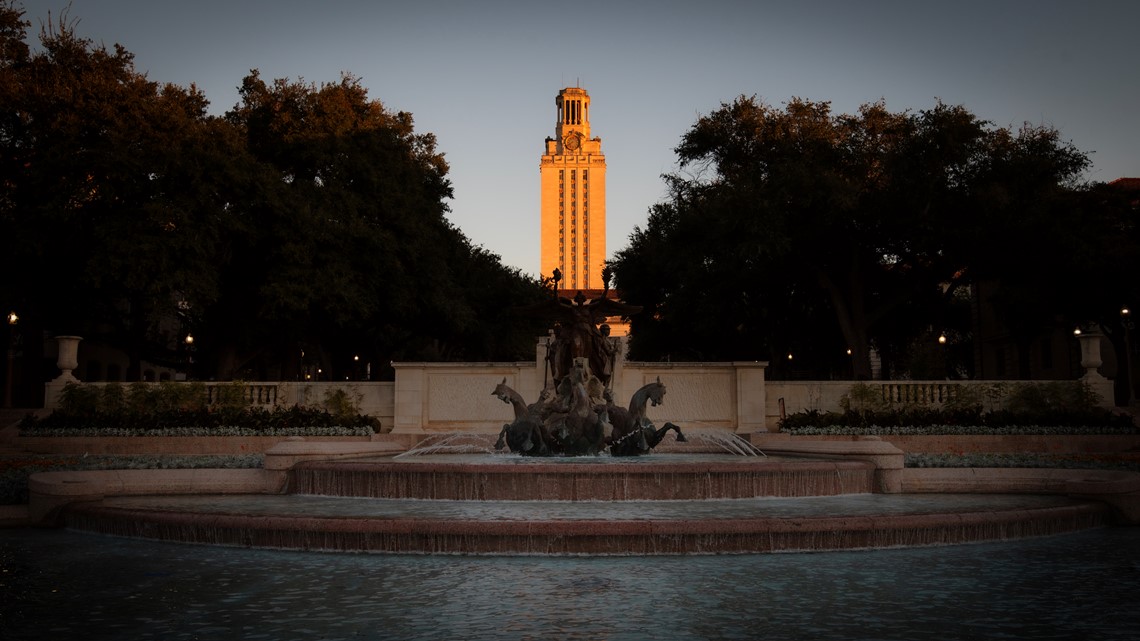
The University of Texas at Austin (UT Austin) is laying off dozens of employees who previously worked in diversity, equity and inclusion roles as part of the fallout from Senate Bill 17. The bill bans public colleges and universities from maintaining DEI offices, holding mandatory DEI training, or having departments focused on promoting differential treatment based on race, sex or ethnicity. UT Austin has closed its Division of Campus and Community Engagement (DCCE), which was formerly called the Division of Diversity and Community Engagement before SB17 went into effect in January. The DCCE provided support for DEI initiatives across campus, but it is now being redirected to teaching and research as part of a reallocation effort. UT Austin has also announced that associate or assistant deans who were formerly focused on DEI will return to their full-time faculty positions, while staff members who lose their jobs will have an opportunity to apply for other open positions at the university.

:focal(0x0:3000x2001)/static.texastribune.org/media/files/02aa8bc1f48deaa029bd84947a21230a/0222%20DEI%20SCENE%20MC%20TT%2003.jpg)
